Paolo Ciatti, Paolo Ciatti, Eduardo Gonzalez, Massimo Lanza De Cristoforis, Gian Paolo Leonardi9812811052, 9789812811059
Contents: Complex Variables and Potential Theory: Integral Representations in Complex, Hypercomplex and Clifford Analysis (H Begehr); Nonlinear Potential Theory in Metric Spaces (O Martio); Differential Equations and Nonlinear Analysis: An Introduction to Mean Curvature Flow (G Bellettini); Introduction to Bifurcation Theory (P Drábek); A Nonlinear Eigenvalue Problems (P Lindqvist); Nonlinear Elliptic Equations with Critical and Supercritical Sobolev Exponents (D Passaseo); Eigenvalue Analysis of Elliptic Operators (G Rozenblum); A Glimpse of the Theory of Nonlinear Semigroups (E Vesentini); Harmonic Analysis: Integral Geometry and Spectral Analysis (M Agranovsky); Fourier Analysis and Geometric Combinatorics (A Iosevich); Lectures on Eigenfunctions of the Laplacian (C D Sogge); Five Lectures on Harmonic Analysis (F Soria); Fractal Analysis, an Approach via Function Spaces (H Triebel).
Table of contents :
Contents……Page 10
Preface……Page 8
Complex variables and potential theory……Page 12
1.1. Introduction……Page 14
1.2.1. Complex first order systems……Page 16
1.2.2.1. Poisson equation wzz = f……Page 17
1.2.2.2. Bitsadze equation wz z = f……Page 19
1.2.2.3. General complex second order equations……Page 20
1.2.4. Orthogonal decomposition of L2(D; C)……Page 24
1.3. Several complex variables……Page 28
1.4. Clifford analysis……Page 32
References……Page 37
2.1. Introduction……Page 40
2.2.1. Definition……Page 41
2.2.2. Poincar´e inequality……Page 44
2.2.3. Approximation by lipschitz functions……Page 45
2.2.4. Properties of functions u in M1,p(X)……Page 48
2.2.5. The case X = Rn and µ = m……Page 49
2.3.1. Line integrals……Page 50
2.3.2. p-modulus……Page 52
2.3.3. Upper gradient and ACCp functions……Page 54
2.3.4. Newtonian space N1,p(X)……Page 55
2.3.5. Doubling measure and Poincar´e inequality……Page 58
2.4. Zero boundary values and local Newtonian spaces……Page 59
2.5.1. The obstacle problem……Page 61
2.5.2. Regularity theory for minimizers and superminimizers……Page 64
2.6. Graphs……Page 67
References……Page 71
Differential equations and nonlinear analysis……Page 72
3.1. Introduction……Page 74
3.2. List of notations……Page 75
3.3. The distance function……Page 78
3.4. Smooth mean curvature .ows……Page 80
3.5. Short time existence……Page 85
3.6. Special solutions to mean curvature flow……Page 88
3.7. The comparison principle between smooth compact flows……Page 90
3.7.1. Estimates of the extinction time……Page 95
3.8. Huisken monotonicity formula……Page 97
3.9. The gradient estimate of Ecker-Huisken……Page 99
3.10. Formation of singularities: the example of Grayson……Page 102
3.11. Manifolds with arbitrary codimension……Page 106
References……Page 108
4.1. Preface……Page 114
4.2. Introduction, basic notation……Page 115
4.3. Motivation, examples……Page 118
4.4. Crandall–Rabinowitz Bifurcation Theorem……Page 125
4.5. Local bifurcation theorems……Page 140
4.6. Global bifurcation theorems……Page 148
4.7. Potential bifurcation theorems……Page 159
4.8. Comparison of previous results……Page 171
A. Implicit Function Theorem……Page 172
B. Proof of Morse Lemma……Page 173
C. Leray–Schauder Degree Theory……Page 174
D. Regularity of weak solution……Page 177
E. Analogue of the Leray–Schauder Index Formula……Page 178
F. Contractible sets……Page 180
G. Courant–Weinstein Variational Principle……Page 183
H. Asymptotics for C2-functionals……Page 184
References……Page 185
5.1. Introduction……Page 186
5.2. Preliminary results……Page 189
5.3. The one-dimensional case……Page 195
5.4. The first eigenfunction……Page 197
5.5. Higher eigenvalues……Page 204
5.6. The asymptotic case……Page 207
References……Page 211
6.1. Introduction and statement of the problems……Page 216
6.2. Effect of the domain’s shape……Page 220
6.3. Effect of lower–order terms……Page 228
References……Page 234
Contents……Page 238
7.1.1. Variational principle……Page 239
7.1.2. Compact operators……Page 241
7.1.3. Asymptotic perturbation lemma……Page 242
7.2.1. The asymptotic formula……Page 243
7.2.2. Variational statement of spectral problems……Page 244
7.2.3. Proof of the asymptotic formula……Page 246
7.3.1. Statement of the problem……Page 248
7.3.2. Step 1, perturbation……Page 250
7.4. Lecture 4. CLR-type estimates……Page 252
7.4.1. Covering lemma……Page 253
7.4.2. Functional inequalities……Page 255
7.4.3. Proof of CLR-type estimates……Page 257
7.5.1. Schr¨odinger operator and eigenvalue estimates……Page 258
7.5.2. Semi-groups, Positivity……Page 259
7.5.3. Semi-group Domination and Eigenvalue Estimates……Page 261
7.5.4. Magnetic Schr¨odinger Operator……Page 262
7.5.5. The Spectrum of the Magnetic Schr¨odinger Operator……Page 263
Notes on the Literature……Page 265
References……Page 266
Contents……Page 268
8.1. Introduction to the spectral theory for nonlinear operators……Page 269
8.2. Accretive operators in Banach spaces……Page 279
8.3. Monotone operators……Page 282
8.4. Nonlinear semigroups……Page 286
References……Page 288
Harmonic analysis……Page 290
Contents……Page 292
9.1. Introduction……Page 293
9.2. Radon Transform over Hyperplanes……Page 294
9.3. Spherical Radon Transform……Page 296
9.4. Pompeiu Transform and Pompeiu Problem……Page 298
9.5. Spectral Synthesis of Invariant Spaces……Page 299
9.6.1. Characterization of Pompeiu compacts by zero sets of Fourier transforms of their characteristic functions……Page 301
9.6.2. Overdetermined Dirichlet-Neumann boundary value problem……Page 302
9.7. Characterization of Euclidean Balls by Multiplicity of Dirichlet-Neumann Eigenvalues……Page 305
9.8. Pompeiu-Schi.er Problem for Domains Close to Balls……Page 308
9.9.1. Injectivity of pairs of Pompeiu spherical transforms (two-radii theorems)……Page 311
9.9.2. Injectivity problem for the spherical Radon projection……Page 312
9.10.1. The case n = 2……Page 314
9.10.2. The case n > 2……Page 315
9.11. Stationary Sets for the Wave and Heat Equations……Page 322
9.12. Closed Stationary Hypersurfaces……Page 325
9.13. Approximation by Spherical Waves……Page 328
References……Page 330
10.1. Introduction……Page 332
10.2. Proof of Theorem 10.2, Corollary 10.3 and Corollary 10.4……Page 334
10.3.1. Proof of Corollary 10.4……Page 336
10.4. Application to Fourier analysis……Page 337
10.5. Applications to convex geometry……Page 338
10.5.1. Proof of Theorem 10.14……Page 339
10.6. Higher dimensions……Page 340
10.7. Some comments on finite fields……Page 341
10.8. A Fourier approach……Page 343
References……Page 344
11.1. Introduction……Page 348
11.2. Review: Restriction theorem and wave equation……Page 349
11.3. Eigenfunctions on compact Riemannian manifolds without boundary……Page 354
11.4. Bochner-Riesz Means……Page 358
11.5. Manifolds with boundary……Page 363
11.6. Riemannian manifolds with maximal eigenfunction growth……Page 368
References……Page 370
12.1. Introduction……Page 372
12.1.1. The role of maximal functions……Page 374
12.2. Second lecture: spherical maximal function……Page 378
12.2.1. Spherical dyadic maximal function……Page 383
12.2.3. Vector valued Calder´on-Zygmund theory……Page 384
12.3.1. The maximal operator along a set of directions……Page 388
12.3.2. A quasi-orthogonality principle……Page 391
12.3.3. Kakeya maximal operator……Page 393
12.3.4. Annexes……Page 394
12.4. Fourth lecture: Bochner-Riesz and the cone multipliers……Page 399
12.4.1. Stein’s Conjecture……Page 406
12.4.2. Circular maximal function of Bourgain……Page 407
12.4.3. The Cone Multiplier Operator……Page 408
12.4.4. Maximal Bochner-Riesz in R2……Page 409
12.5. Fifth lecture: restriction theorems and applications……Page 411
12.5.1. Application to Bochner–Riesz……Page 412
12.5.2. Schr¨odinger (and wave) equations……Page 414
12.5.3. Annex……Page 419
References……Page 420
Contents……Page 424
13.1. Introduction……Page 425
13.2.1. The vibrating membrane……Page 428
13.2.2. The classical theory……Page 429
13.2.3. The problem……Page 430
13.3.1. Isotropic measures……Page 433
13.3.2. Traces……Page 434
13.4.1. Introduction……Page 436
13.4.3. d-membranes……Page 437
13.4.4. Weyl measures……Page 440
13.4.5. h-membranes……Page 443
13.4.6. Courant indicators……Page 444
13.5.1. Introduction and definitions……Page 447
13.5.2. Isotropic Weyl measures……Page 448
13.6.1. Introduction……Page 449
13.6.2. Entropy numbers and approximation numbers……Page 450
13.6.3. Quarkonial decompositions……Page 451
13.6.4. Elements of proofs……Page 453
13.7. Epilogue……Page 454
References……Page 455
Author Index……Page 460
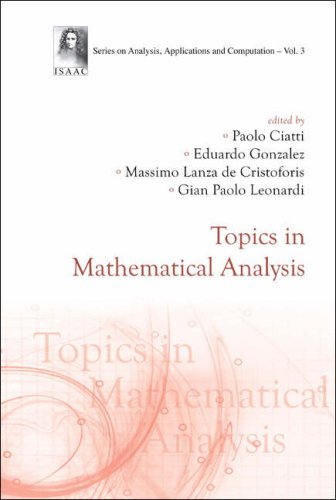
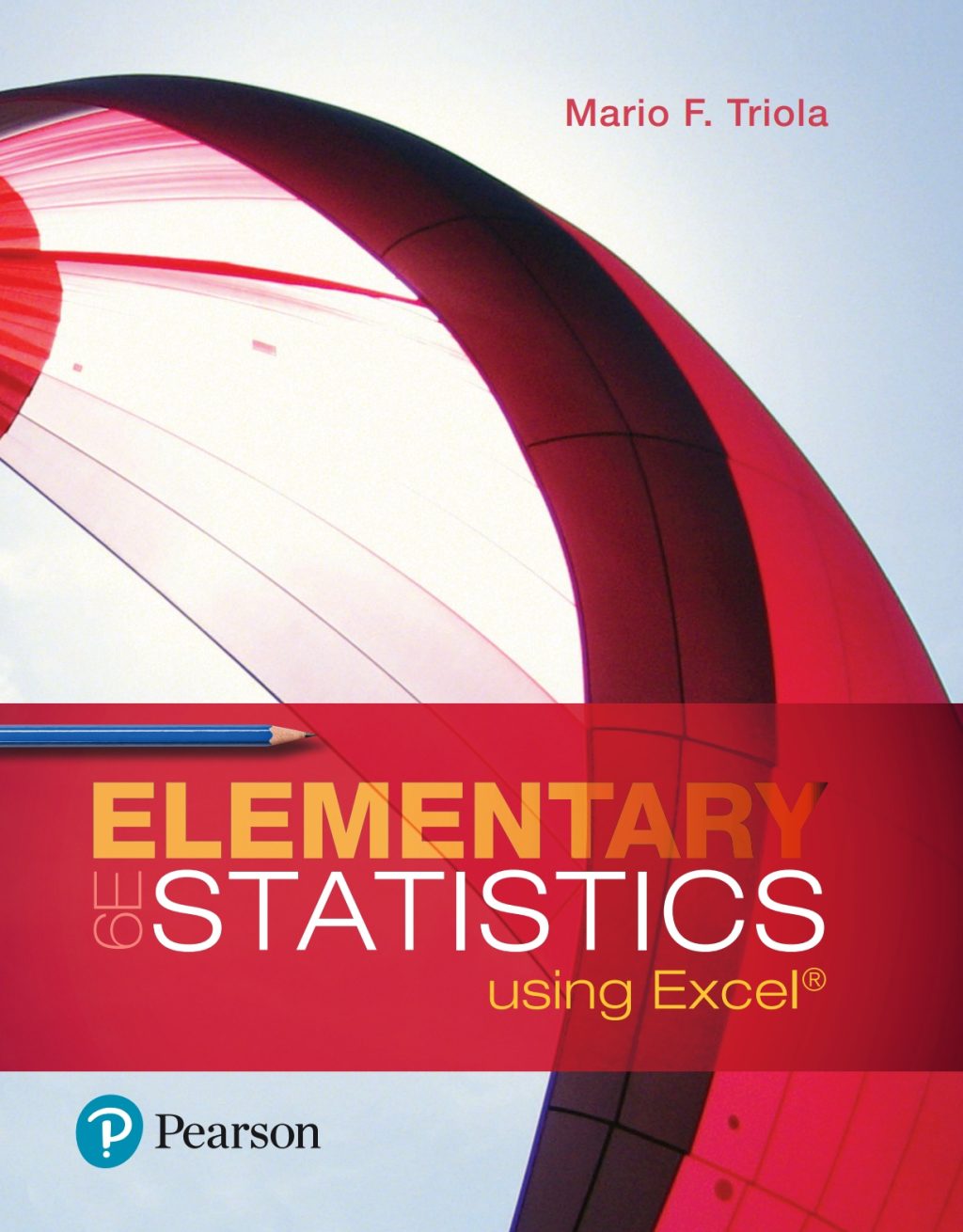

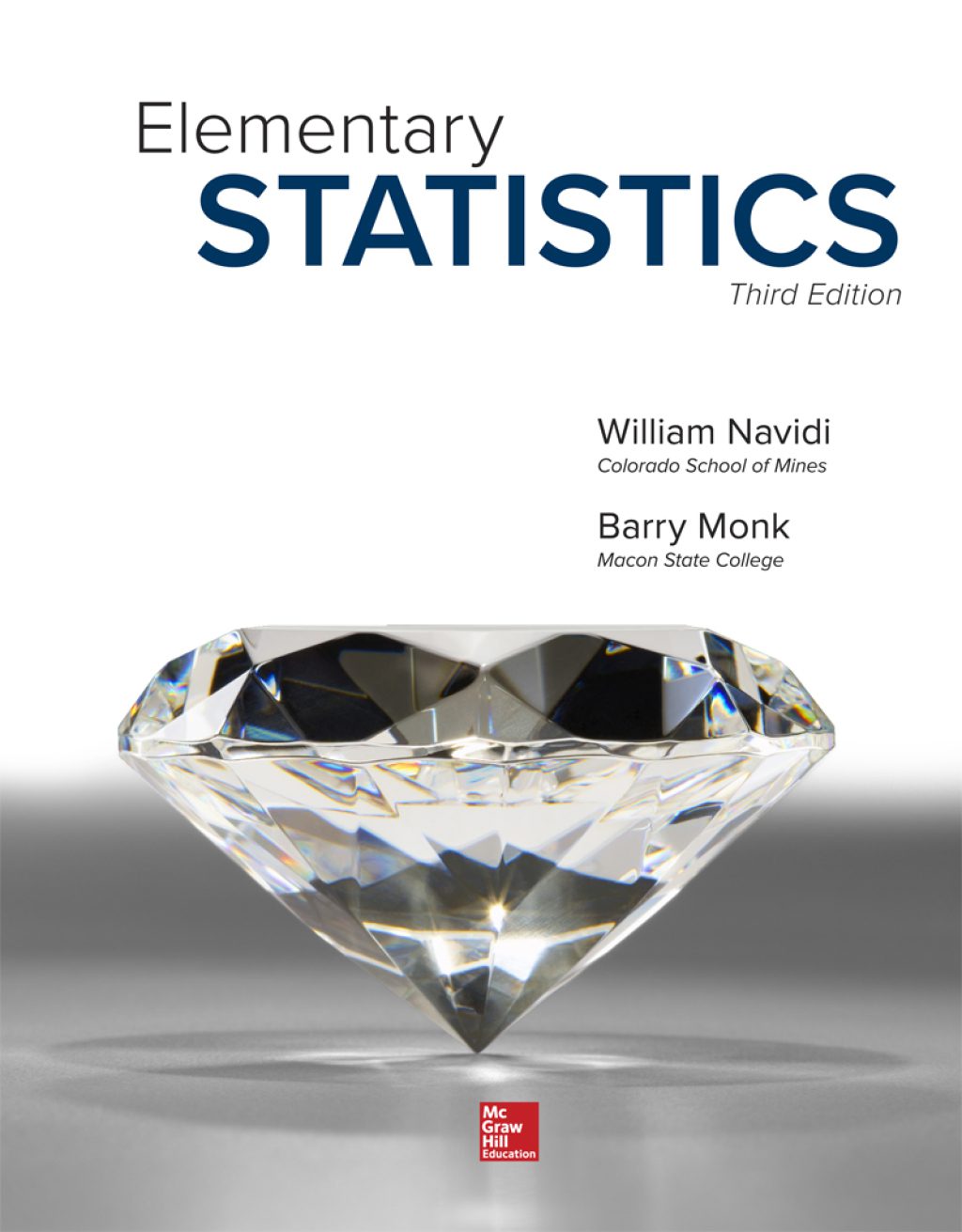
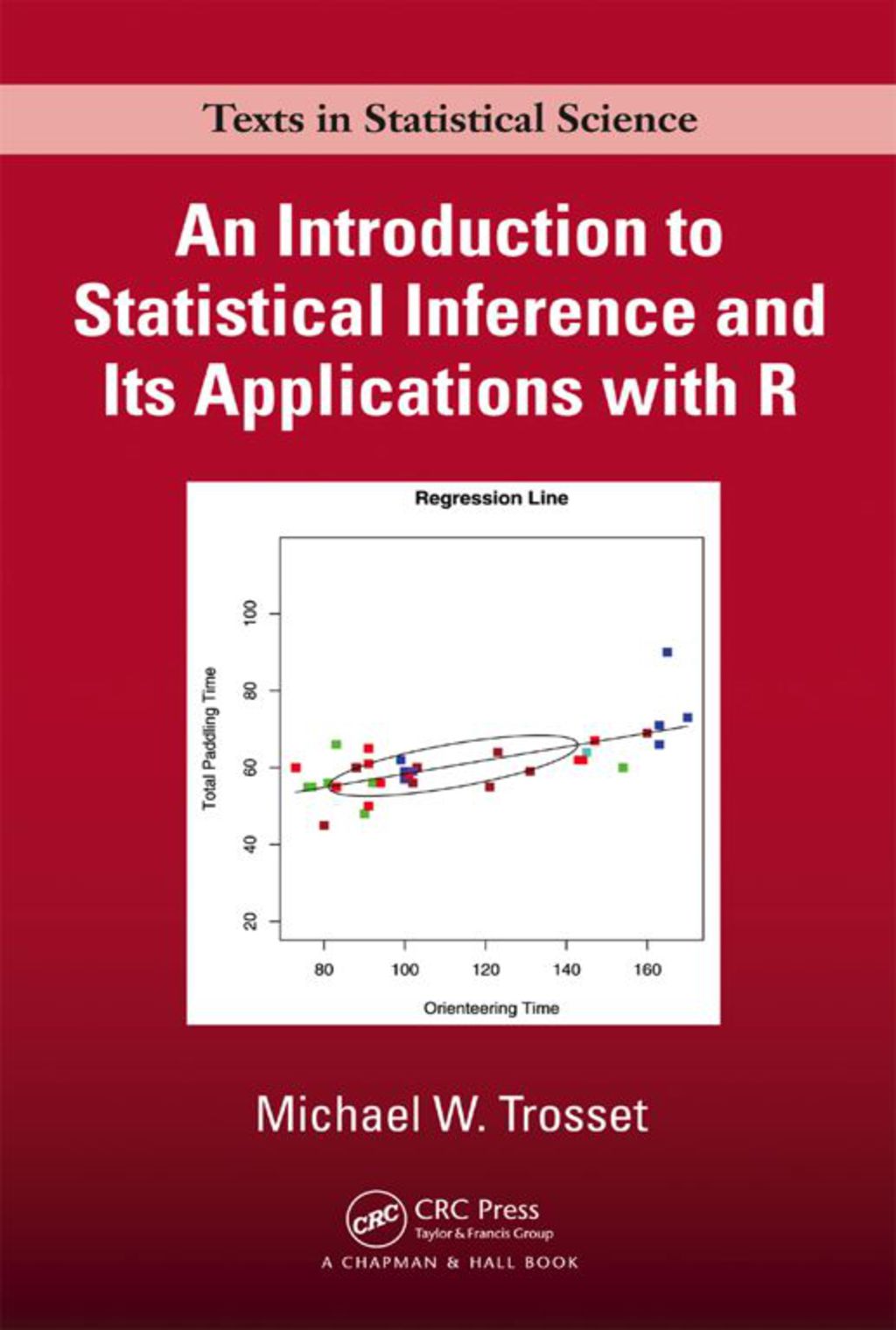
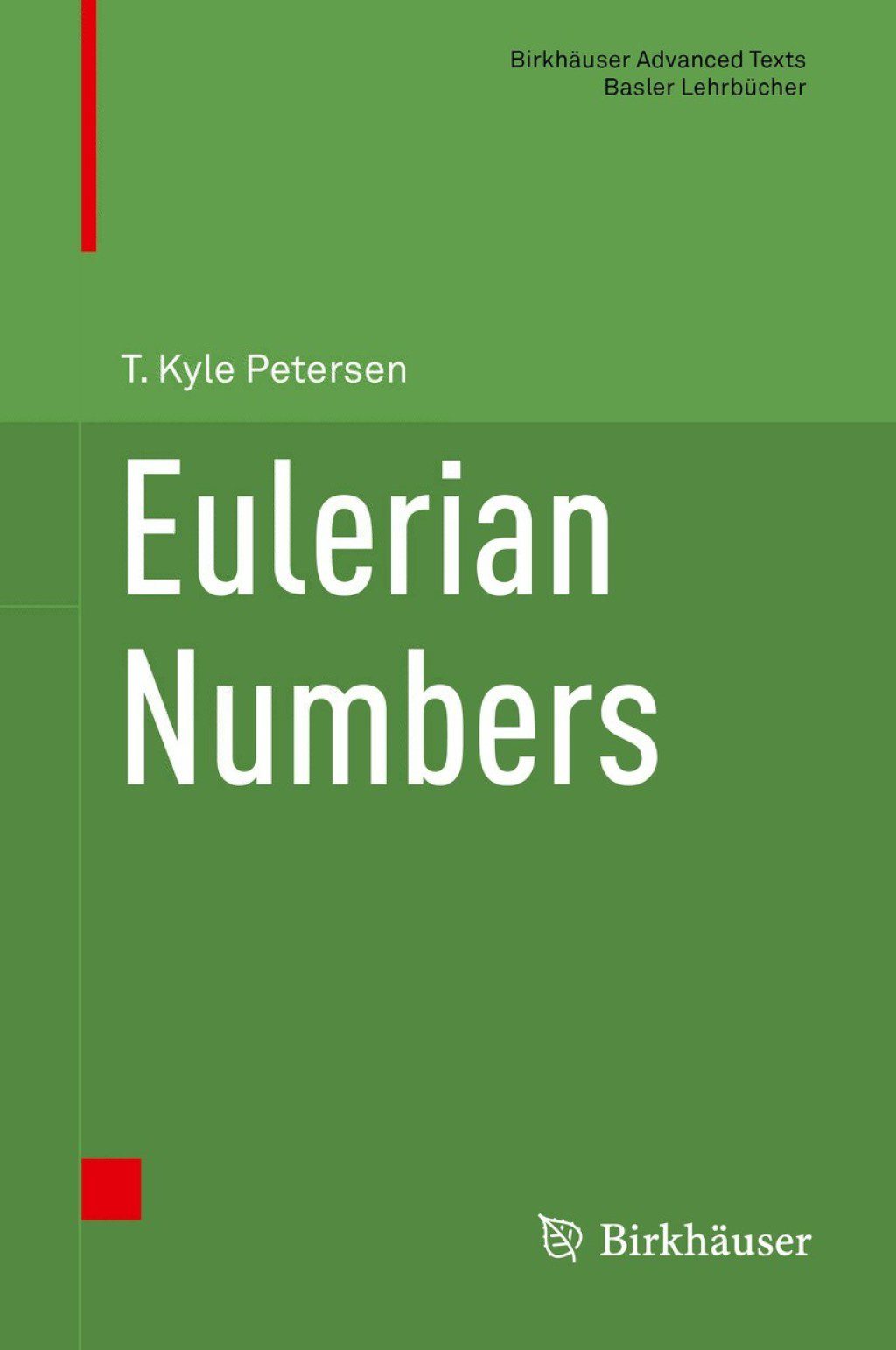

Reviews
There are no reviews yet.